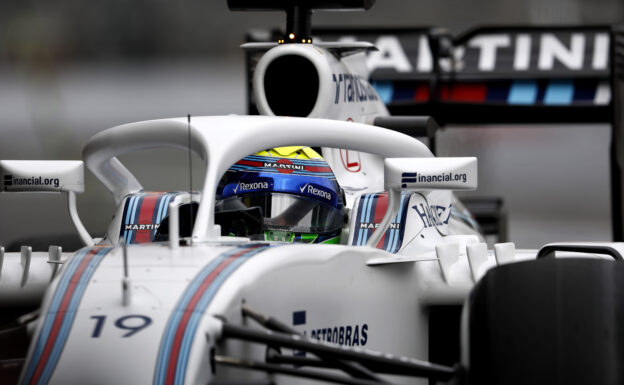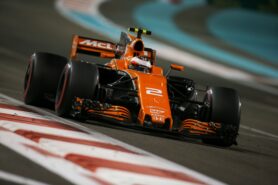What are the 2018 F1 regulation changes?

Last years 2017 F1 season regulations changes had a huge effect on the speed, handling and the look of the Formula 1 cars. What effect will the 2018 F1 regulation changes have on the cars?
F1 Chassis & Aerodynamics
The biggest change this season is for sure the introduction of the very ugly Halo. This structure has been designed to protect F1 drivers for incoming crash debris of other cars. The protection bar was designed after the death of former Formula 1 driver Justin Wilson in the Indy car race at Pocono back on the 24th of August 2015. He got hit by flying nose cone that broke lose of the car of leading driver Sage Karam who crashed his car in a corner and hit the wall.
You can Justin Wilson getting hit by the nose cone during the event in the video below.
This Formula 1 2018 regulation change involved a great deal of work for the designers. The structure will increase the weight of the car with another 5 kg. F1 cars now have a minimal weight of 733 kg. 10 years ago F1 cars were allowed to weigh 605 kg. That's an increase of 128 kg (21%) in 10 years time. The most weight is caused by the introduction of batteries in 2014. They are needed to use the KERS systems of today's F1 power units.
The Halo also effects the air flow over the cars. Because of this we can expect that the final designs will blend in a bit better into the car design than the prototypes did. The Halo also might be more aesthetically improved by making use of the car livery on the bar.
The large “shark fin” on the engine cover disappeared almost completely. The positioning of the transversely mounted T-wing, which all the teams used in 2017 to better direct air flow towards the rear wing has been reviewed. Also gone at the back end of the car is the crash wing, better known as the “monkey seat” which used to sit below the rear wing. The exhaust exit has been position further back and this year, as a further safety precaution, each wheel will have three cable tethers to prevent them detaching in an accident.
Frontal crash test standards will also be higher. On the front of the chassis, all cars have to carry a 360 degree turn able HD video camera.
F1 Power Units
The number of internal combustion engines (the 1.6 litres V6 engines) that teams are allowed to use in the 21 races that the 2018 season contains, has been decreased from 4 to only 3 units. Which means each engine has to be 40% more durable then last season.
There are also more severe restrictions on oil consumption. Teams are allowed to only use one type of lubricant in a race weekend and engines are allowed to only use 6 litres every 100 km.
We also have to announce some new regulations regarding to the positioning of some electrical components in the area around the rechargeable batteries. The FIA further restricted air temperatures that are used for air intakes. Finally they also restricted the fuel and exhaust gas temperatures.
✅ Check out more posts with related topics:













LAST 3 F1 Fan COMMENTS